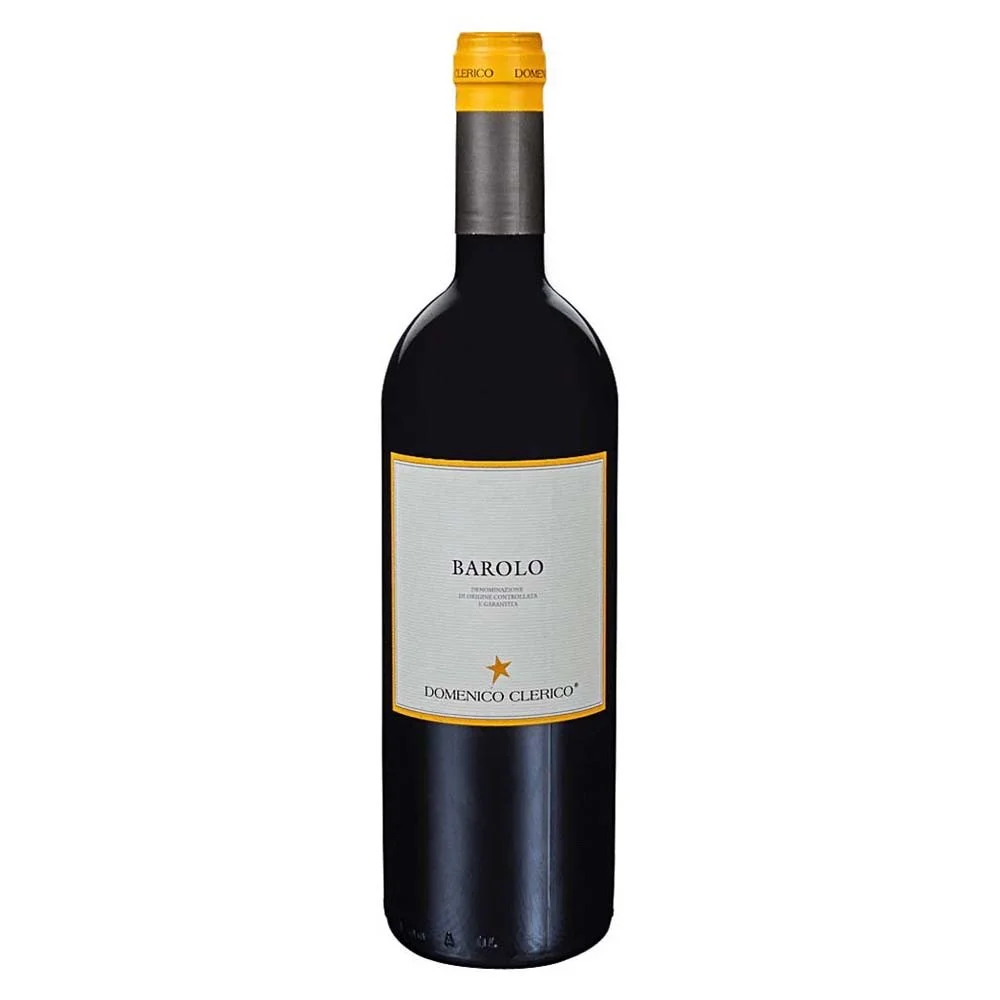NEBBIOLO
Italy’s Most Noble Red
Nebbiolo is a high-tannin, high-acid red grape native to northern Italy, most famously producing the age-worthy wines of Barolo and Barbaresco. Pale in color but intense in character, Nebbiolo combines aromatic delicacy with formidable structure—offering flavors that evolve beautifully with age. For lovers of complexity and tradition, Nebbiolo is a benchmark.
Key Characteristics
Nebbiolo is known for its light hue, powerful tannins, and haunting aromatics. It often needs time to soften, but rewards patience with depth, nuance, and longevity.
Style
Still, red
Body
Medium to full
Acidity
High
Primary Grapes
Nebbiolo
Typical Flavors
Cherry, rose, tar, dried herbs, truffle, leather, anise
Origin & History
Nebbiolo is indigenous to Piedmont, in northwestern Italy, where it has been cultivated since at least the 13th century. The name may derive from nebbia (fog), referencing the morning mists of the Langhe hills or the grape’s cloudy bloom. Revered for centuries, Nebbiolo gained international acclaim through Barolo and Barbaresco, where strict aging laws and terroir-driven winemaking continue to shape its identity.
How It’s Made
Nebbiolo is typically fermented in stainless steel or large neutral vats, then aged for extended periods—often in large Slavonian oak casks (traditional) or smaller French barriques (modern). Barolo and Barbaresco have legal minimum aging requirements, allowing the tannins to integrate and the aromatics to blossom.
Notable Regions
Nebbiolo is grown in several parts of Italy and beyond, but Piedmont remains its spiritual and stylistic home.
Italy
Barolo (Piedmont)
The “King of Wines,” structured, intense, and age-worthy with firm tannins and depth
Italy
Barbaresco (Piedmont)
Slightly more graceful and accessible than Barolo, but equally complex and ageable
Italy
Langhe & Roero
Younger-drinking styles labeled as Langhe Nebbiolo; more affordable, often lighter in body
Italy
Alto Piemonte
Gattinara, Ghemme
Elegant, mineral expressions with brighter acidity
United States & Australia
very limited
Experimental plantings showing promise, but still rare
Food Pairings
Nebbiolo’s acidity and tannin make it an ideal match for rich, earthy, and umami-driven dishes—especially northern Italian cuisine.
Appetizers
Porcini mushrooms, truffle salami, beef tartare
Meats
Braised beef, osso buco, duck ragu, lamb shank
Cheeses
Parmigiano-Reggiano, Taleggio, aged Pecorino
Vegetarian
Truffle risotto, eggplant parmigiana, roasted root vegetables
How to Serve It
Glassware
Large Burgundy glass to capture delicate aromas and soften tannins
Temperature
60–65°F (16–18°C)
Storage
Lay bottles on their side in a cool, dark place; top Nebbiolos can age 10–30+ years
Fun Fact
Despite its pale color, Nebbiolo is one of the most tannic grapes in the world—rivaling even Cabernet Sauvignon and Syrah.
Recommended Producers
These houses exemplify the diversity and craftsmanship of Nebbiolo, from elegant Langhe expressions to iconic Barolo and Barbaresco crus.
Dante Rivetti
A Barbaresco producer known for expressive, site-driven wines that balance finesse with aging potential.
Castello di Perno
A rising star in Langhe, crafting refined Nebbiolo that highlights purity, freshness, and regional character.
Domenico Clerico
A modern Barolo master, celebrated for bold, meticulously crafted wines like the profound “Percristina.”
Marcarini
A historic La Morra estate producing traditionally styled Barolo from top crus like Brunate, emphasizing elegance and longevity.
Recommended Pours
Dante Rivetti - Bric Micca Barbaresco 2015 — A graceful and mature Barbaresco with rose petal, dried cherry, and silky tannins.
Castello Di Perno, Langhe Nebbiolo, 2019 — A fresh and approachable Nebbiolo showing red fruit, floral notes, and gentle structure.
Domenico Clerico - Barolo "Percristina" 2014 — A powerful, age-worthy Barolo with depth, dark fruit, and layers of tar, spice, and complexity.
Marcarini Brunate Barolo, 2018 — A classic Barolo from a prestigious cru, balancing elegance and intensity with notes of violet, tobacco, and firm tannins.





